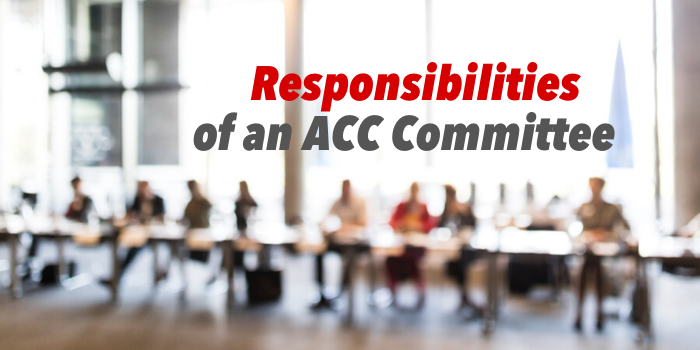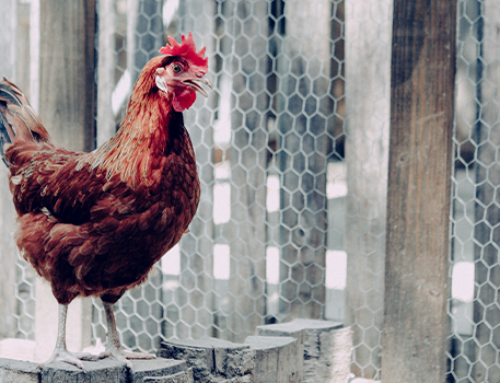An association’s CC&Rs typically require association approval before a person makes any physical changes to the outside of his or her property or the common area. The committee responsible for overseeing modifications, additions, or alterations to lots is most commonly referred to as the Architectural Control Committee (ACC) or Architectural Review Committee (ARC), though there are a variety of other names used throughout various HOAs. In this article, we’ll address some common questions about ACC committees and address their purpose and responsibilities in the HOA.
Who Can Be Part of the ACC Committee?
ACC committee members are volunteers. No specific qualifications are needed in order to serve as an ACC Committee member, although it is helpful for a member to have experience or knowledge in construction, architecture, maintenance, or a related field. In most cases, the members of the ACC Committee are not allowed to be members of the HOA’s board of directors. Having an ACC Committee that is separate from the HOA board ensures that there is no conflict of interest or abuse of power by members of the board.
What are Members in Charge of?
The main responsibility of the ACC is to review plans and specifications for proposed improvements or changes to a homeowner’s property. They then approve or deny the requests based on the guidelines found in the CC&Rs for the community. The ACC Committee also helps the HOA board members by ensuring that all homes within the community are following the guidelines stated in the governing documents regarding exterior maintenance. The volunteers on the ACC Committee hold regular meetings to review homeowner requests and discuss any current architectural or maintenance problems. They are required to keep minutes of these meetings that can be viewed, upon request, by any member of the HOA.
Why the ACC is Important for any HOA
Although it may be bothersome or upsetting for a homeowner to have to submit proposed changes to the outside of their property for review, the ACC Committee is in place to keep the community looking uniform, orderly, and well maintained. This guarantees that homes within the community will retain their property values, and that the community will stay looking nice over time.
For more tips and helpful information, check out our HOA property management blog for weekly updates or contact us directly and see what makes us refreshingly different.







